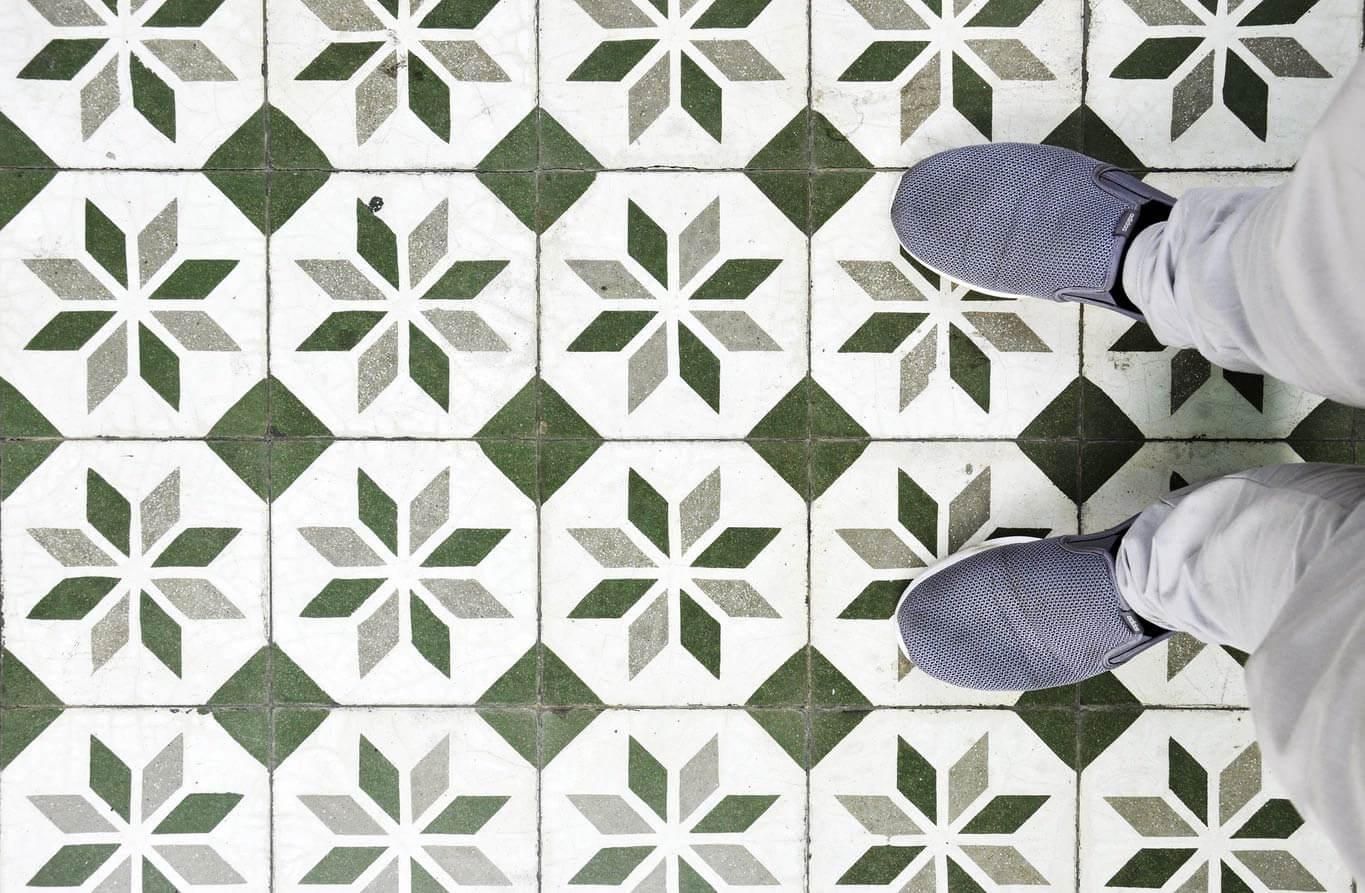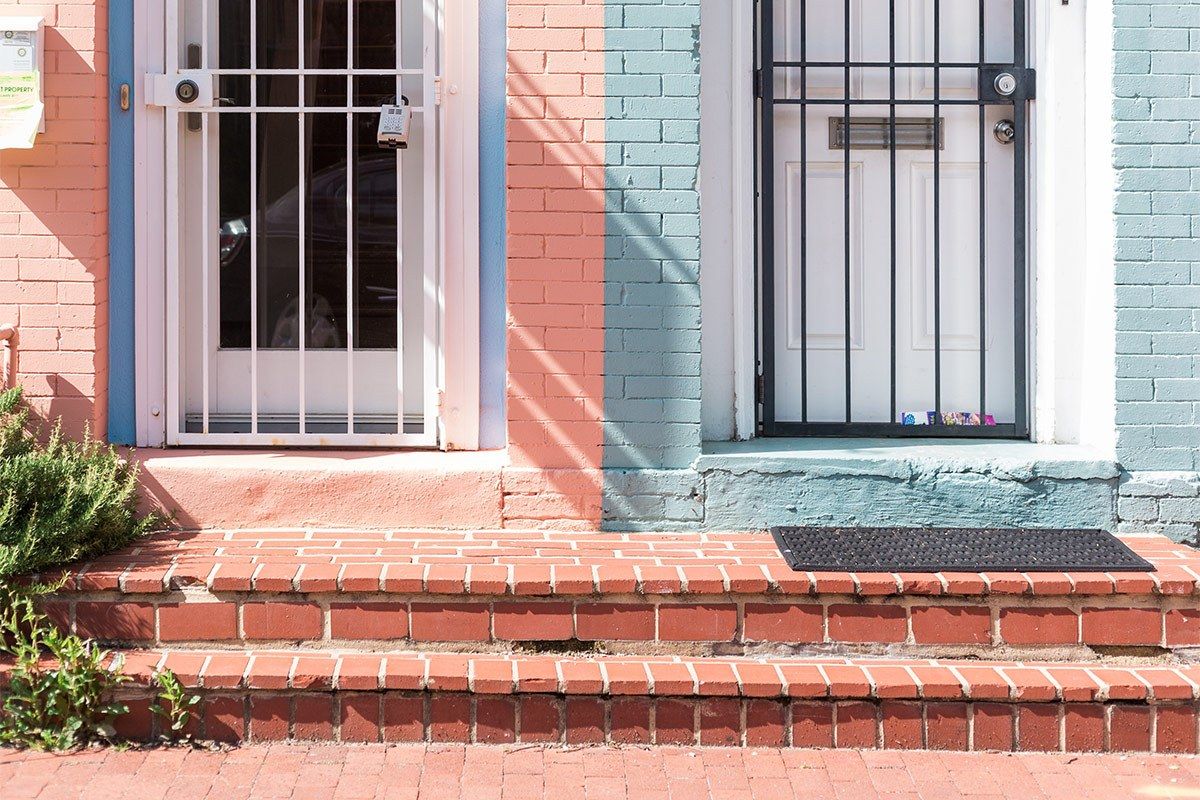How to estimate and stick to your renovation budget
Renovating can be great, until you go over your budget. Here are 5 simple tips to help you stay on track.
May 14, 2019 • 3 min read

Renovating your property can be an expensive business, but creating a budget can help you keep your costs to a minimum. Exactly how much you’ll spend will vary depending on your renovation plans and financial situation, but typically it should be around 5% of the property purchase price. So if your property cost $850,000 you would need to set aside $42,500 for your renovation.
From the researching stages to tracking your expenses, here are five tips to avoid blowing your renovation budget.

1. Research and compare costs
Before you start mapping out your budget, you’ll need to do your research, compare costs and estimate how much you’ll have to fork out. This includes the cost of materials as well as labour costs. Then you can understand the scope of your renovation, what work you need to do and how long it’ll take. The more research you do, the more likely you are to create an achievable budget that you can stick to.
2. Break down your budget
Creating a renovation budget can be overwhelming, but breaking it down by specific components will help simplify the process. For example, you can break it down by bathroom, kitchen, master bedroom and laundry, and then consider how much you’re spending and the percentage of budget.
When you’re trying to fit your contractor into your budget, you could consider getting a fixed-price contractor to avoid your budget fluctuating as the renovation progresses. To give your budget some flexibility, you should dedicate a portion of your funds to a contingency buffer to use for emergencies or to give yourself some wriggle room.
3. Confirm how much value you’re adding to your property
When you’re planning your renovation, check how much value the upgrades are adding to your property. To predict your renovation’s return on investment, you can multiply the total cost of renovating the property by 10%. Otherwise, you can speak to a valuer to get the specifics.
You may find that some renovations won’t add as much value as you thought. For example, adding a backyard pool to a mid-range property may deter some buyers instead of increasing the value of your home. By considering these factors, you can decide which elements of your proposed renovation you might want to ditch and others that you should splurge on before you get started.
4. Consider what you can and can’t DIY
Depending on your level of experience, you may be able to handle some of the renovations yourself. For example, you may be able to complete painting or landscape tasks yourself. Whereas, unless you have experience and qualifications, you may want to leave plumbing and electrical work to the professionals.
While you might think that purchasing fixtures and materials yourself will be cheaper, this isn’t always the case. Professionals usually purchase these items in bulk and are entitled to a trade discount, so it may not be cheaper if you do it yourself. If you’re not a fan of managing your own spreadsheets, there are a bunch of apps out there that could help you track your renovation expenses.
5. Track your expenditure
As you’re spending, track how much money you’re outlaying to keep your budget on track. You should update your budget accordingly as you spend, noting down specific purchases and costs. This will help you decide when it’s time to dig into your backup budget or move your money around to accommodate any unexpected costs.
Renovating your property can be an equally exciting and stressful time, but creating an achievable budget and sticking to it will help keep your costs under control.
If you're looking at refinancing to fund your renovation, check out Tiimely Own's range of loans and save money with a lower rate.





